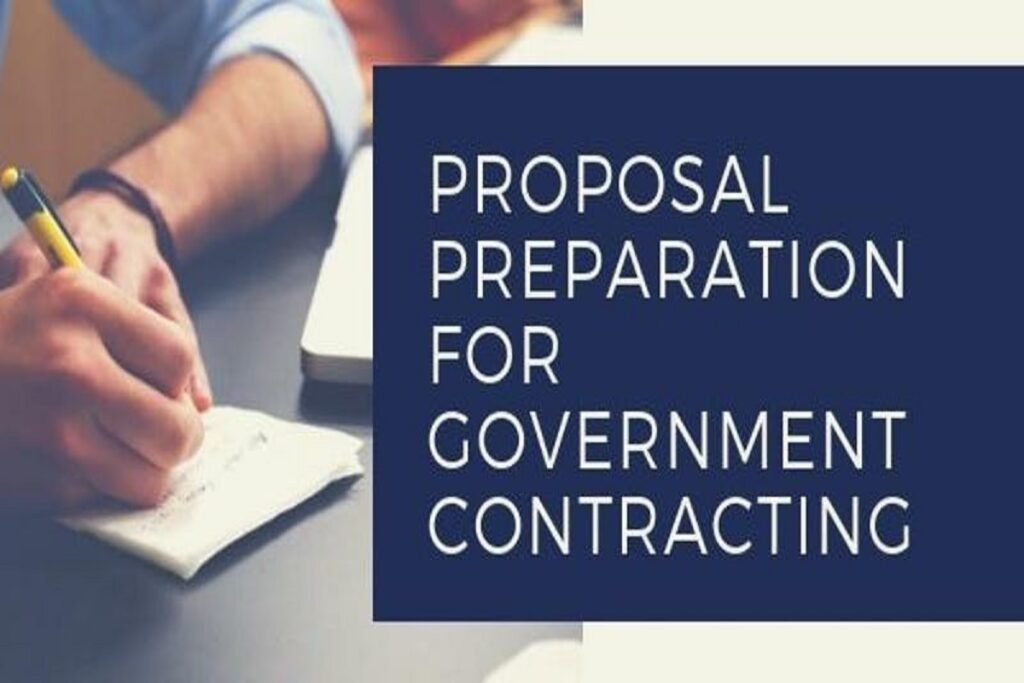Breaking into the public sector can open up significant business opportunities, but the process for securing a government contract is complex and highly structured. At the heart of this process is government proposal development, the practice of preparing detailed, compliant responses to solicitations from local, state, or federal agencies. Whether you’re a small business bidding for your first government contract or a growing company looking to expand into new jurisdictions, understanding the fundamentals of proposal development is essential to competing effectively—and winning.
Government proposal development begins with identifying the right opportunities. This means monitoring procurement platforms such as SAM.gov, state-specific vendor portals, and city procurement websites. Once a suitable solicitation is found—whether it’s a Request for Proposal (RFP), Request for Quotation (RFQ), or Invitation to Bid (IFB)—the next step is a go/no-go decision. This involves evaluating whether your company can meet the technical requirements, pricing expectations, and delivery timelines based on the scope of work and the agency’s needs.
If you decide to move forward, the proposal process becomes a cross-functional effort. Most government proposals require input from subject matter experts, technical leads, business development staff, writers, editors, and pricing analysts. The proposal manager coordinates the entire process, ensuring that deadlines are met, requirements are interpreted correctly, and all sections of the proposal come together into a single, cohesive response.
A typical government proposal includes several critical sections. The technical section outlines how your company will perform the work, including processes, tools, staffing plans, and quality control measures. The management section explains how the work will be overseen, who will be responsible for each component, and how risks will be mitigated. A pricing section, often submitted separately, must be both competitive and compliant with the agency’s cost structures. Depending on the solicitation, additional sections may be required, such as past performance, resumes, certifications, or small business utilization plans.
Compliance is non-negotiable in government proposal development. Proposals are often rejected outright for failing to follow simple instructions—like exceeding page limits, using the wrong file format, or omitting a required document. For this reason, many contractors use a compliance matrix to track each requirement line by line and ensure nothing is overlooked. Accuracy, clarity, and organization are not just best practices—they are essential to avoid being disqualified.
Once the proposal is submitted, the evaluation process can vary by agency and contract type. Some solicitations are scored numerically based on specific criteria; others are evaluated based on best value or lowest price technically acceptable (LPTA) approaches. Understanding how the agency evaluates responses can help shape how you frame your content, highlight differentiators, and demonstrate value.
In short, government proposal development requires more than strong writing—it demands project management, regulatory awareness, strategic thinking, and the ability to tailor your offering to the agency’s mission. With preparation and attention to detail, your organization can not only compete for government work but build a repeatable process for long-term success in the public sector.
